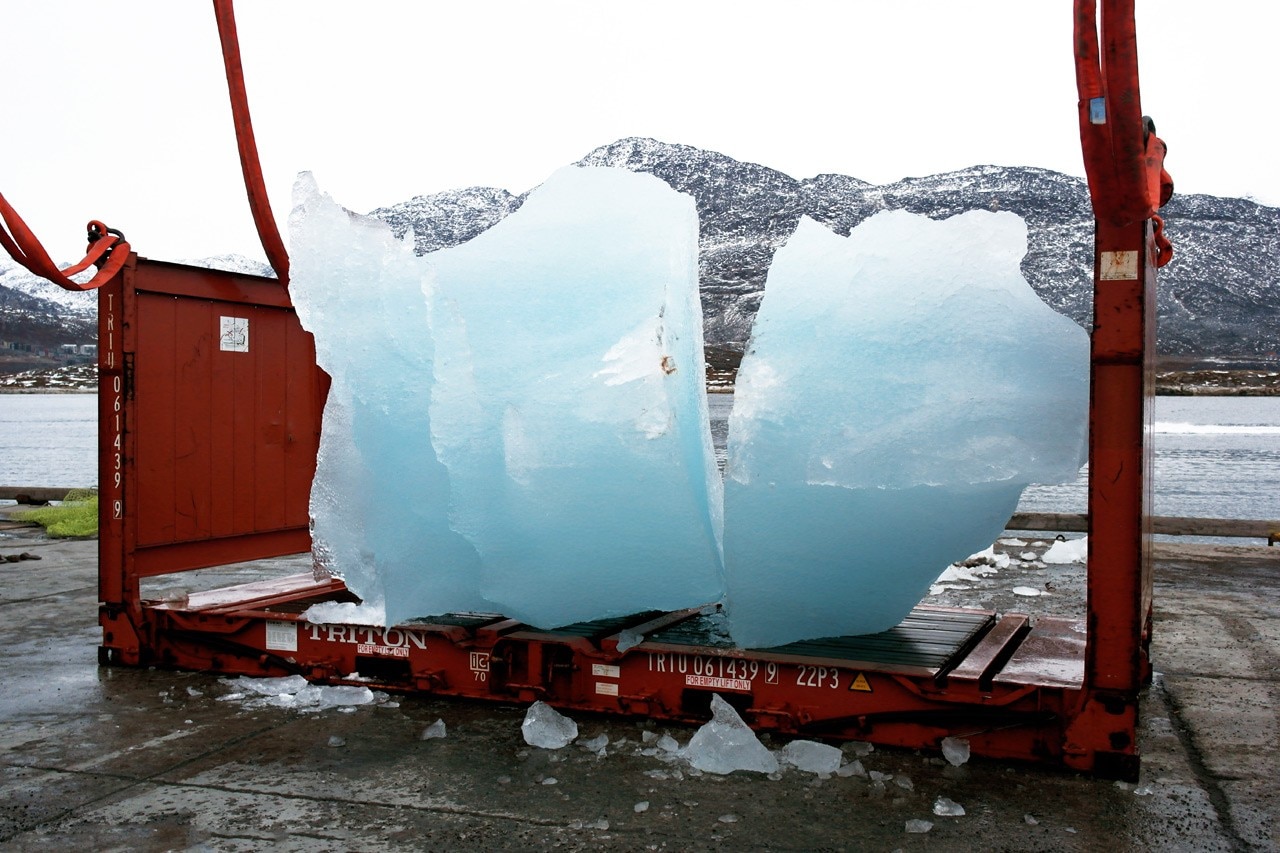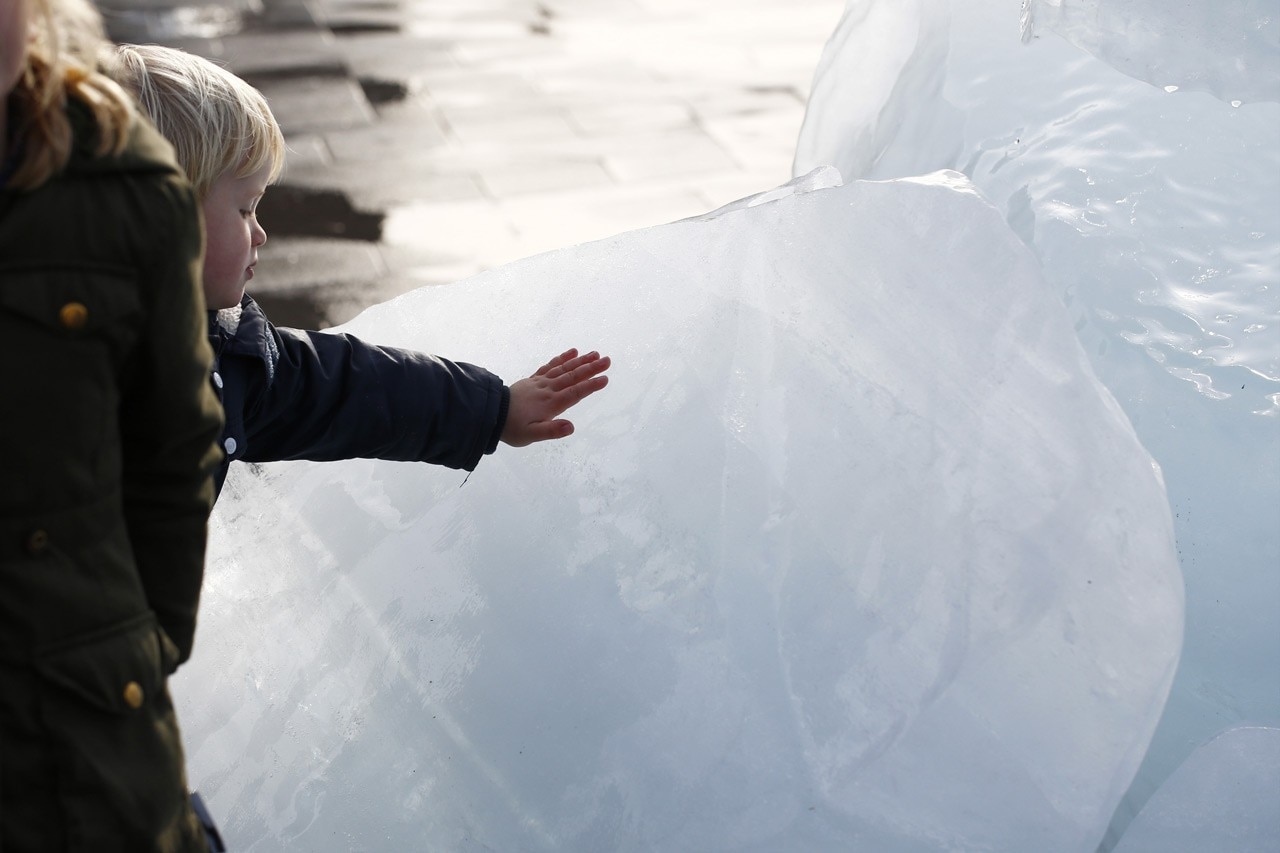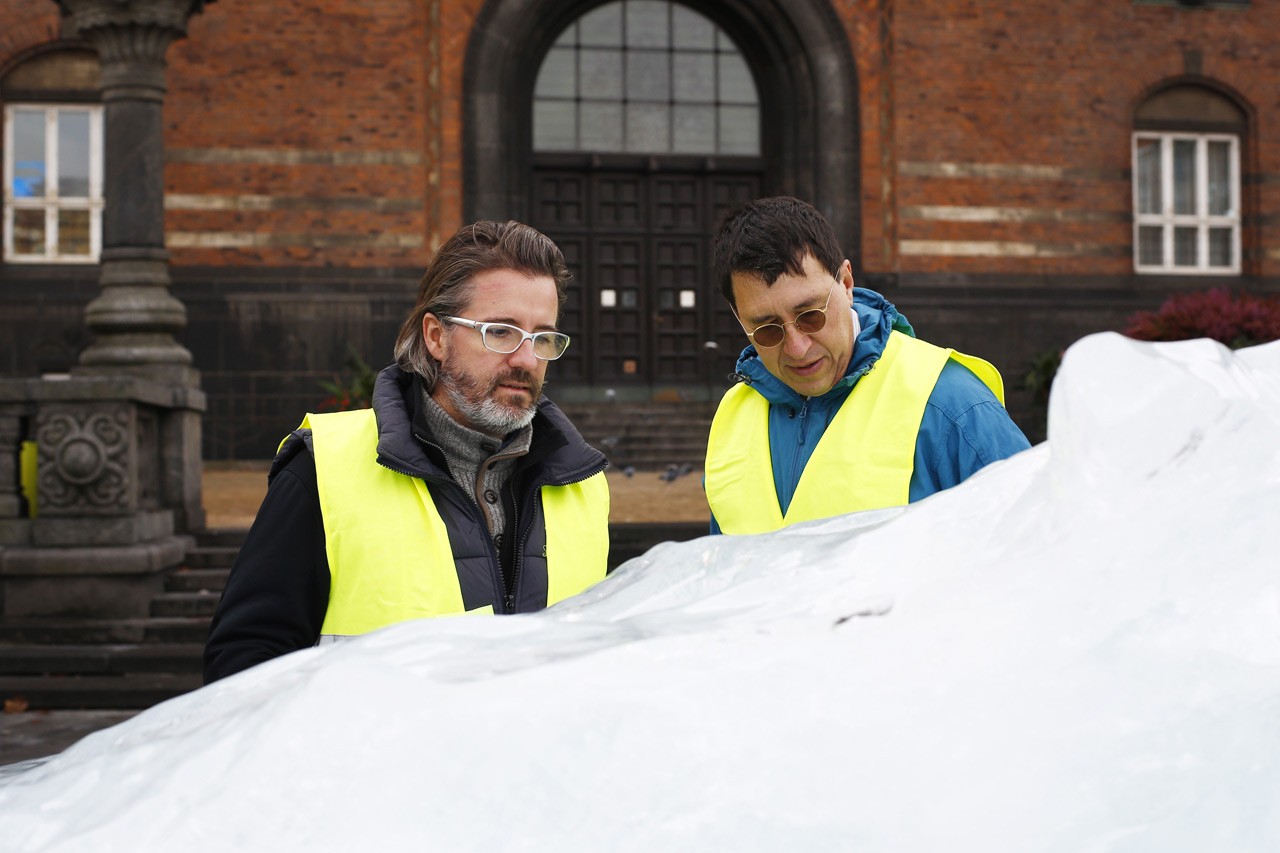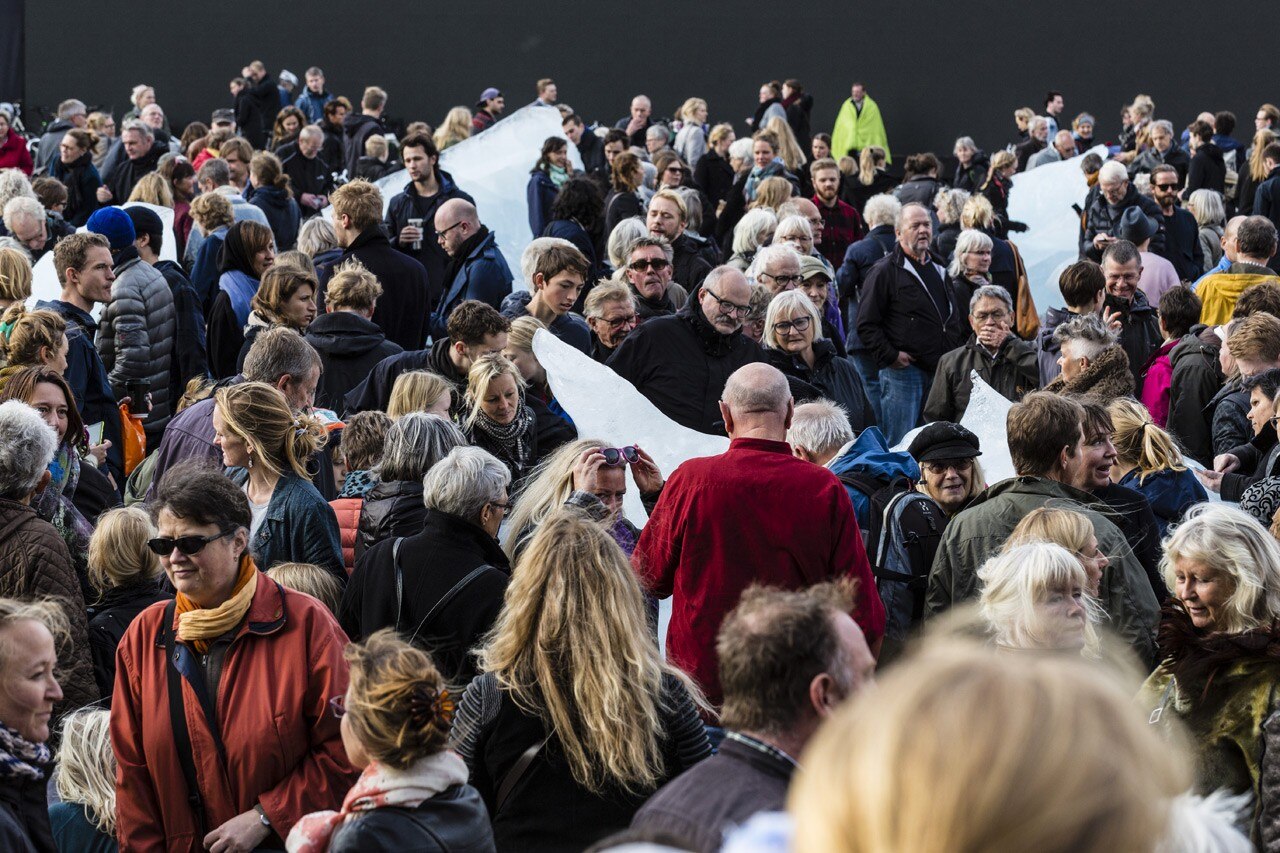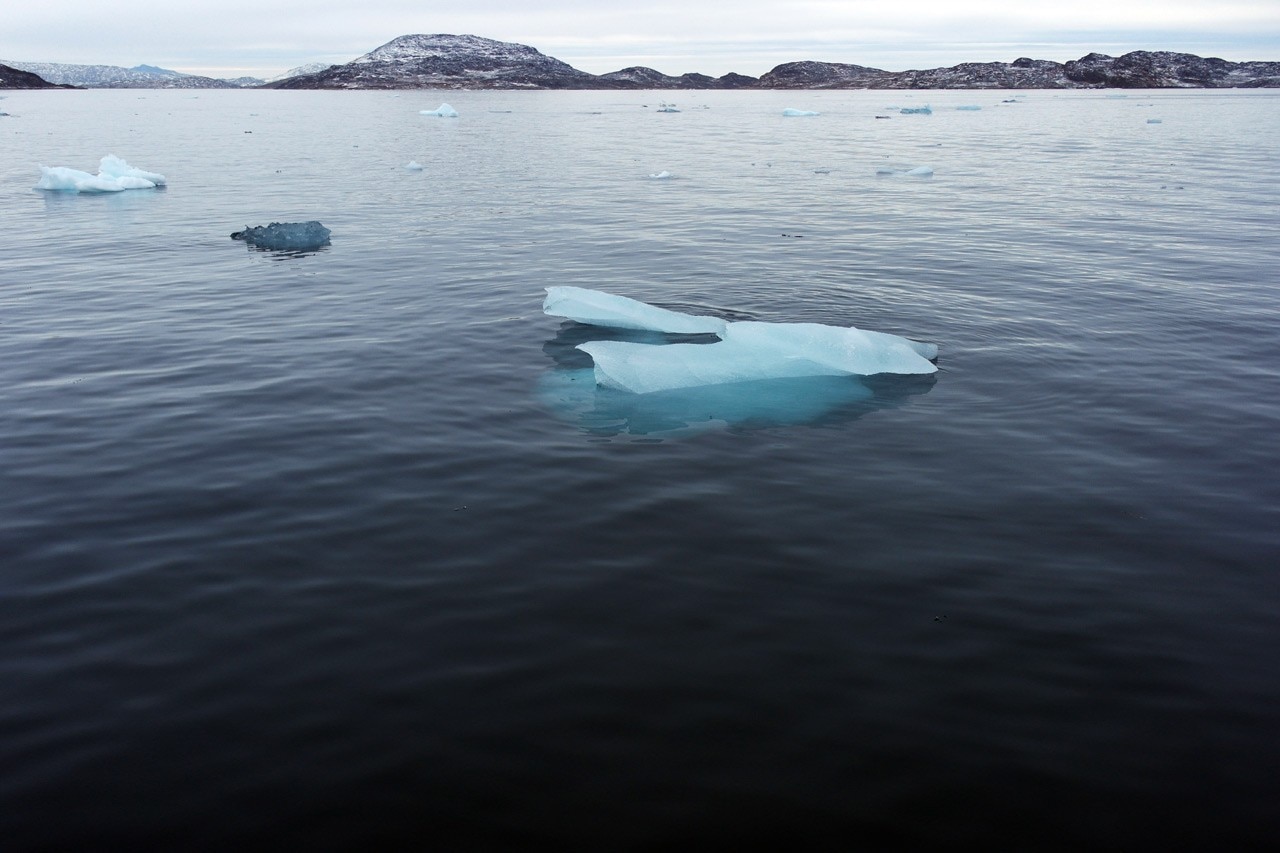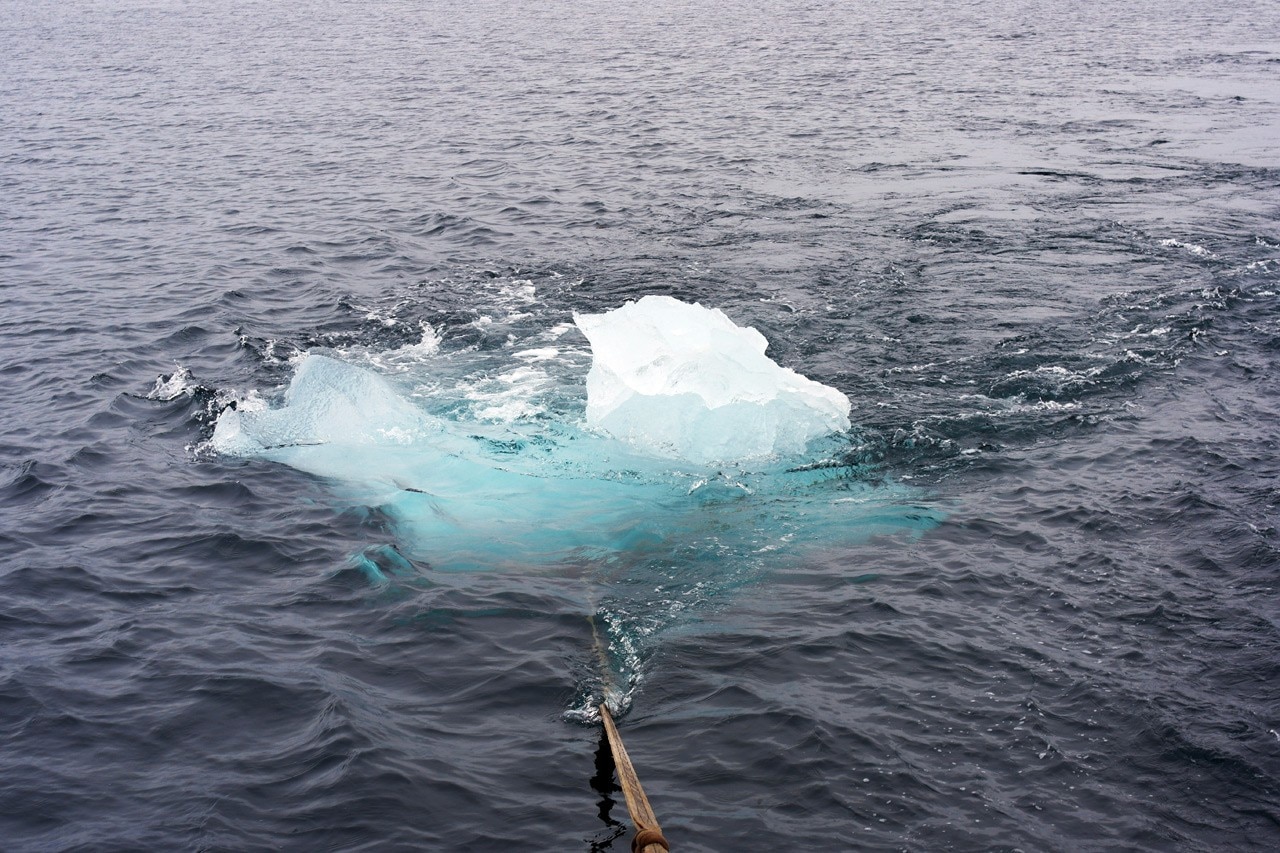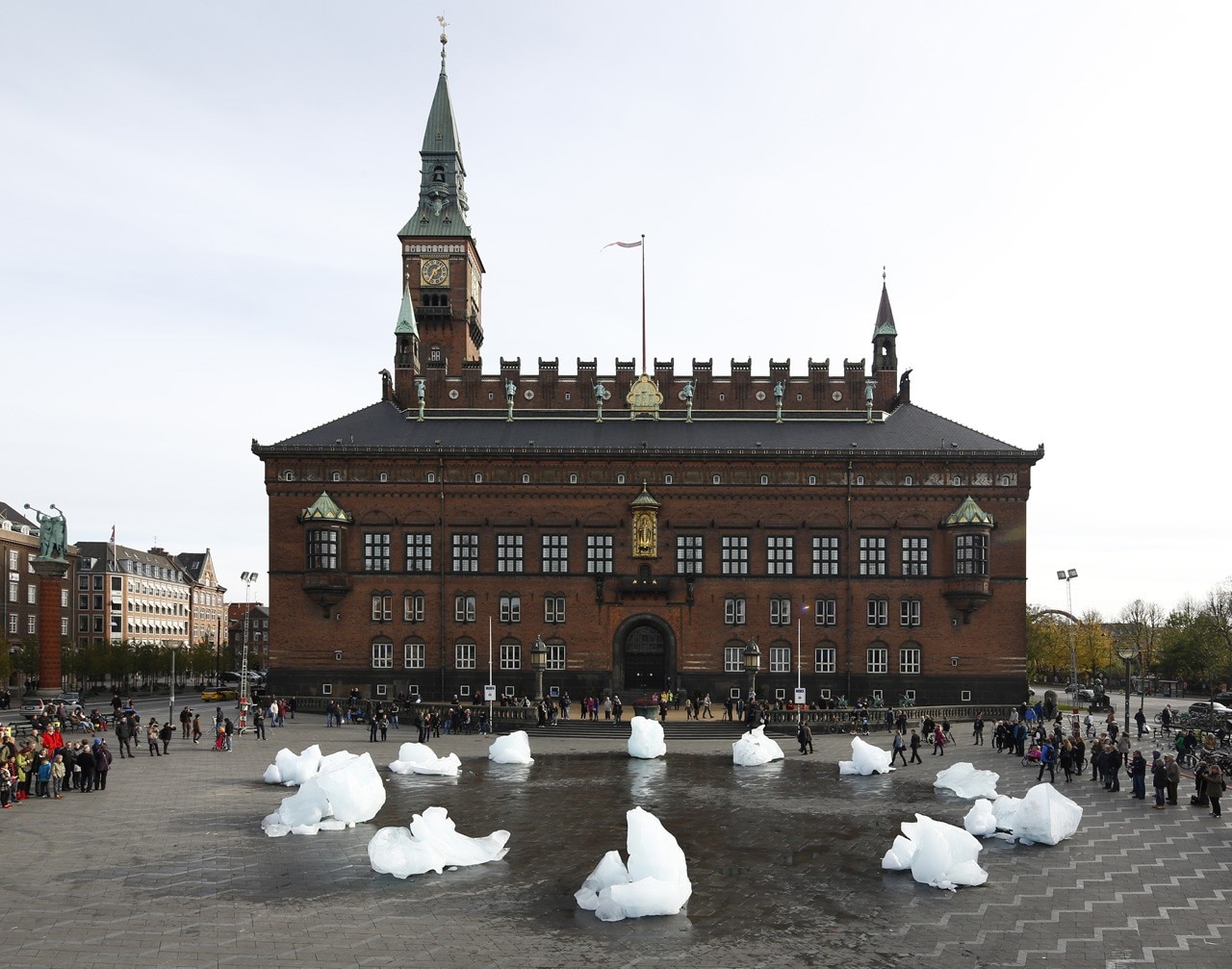
The ice, displayed in clock formation, is a physical wake-up call: Climate change is a fact. Temperatures are rising. The ice is melting. Sea levels are rising.
With Ice Watch, Eliasson and Rosing shared a message: “Today we have access to reliable data that shed light on what will happen and what can be done. Let’s appreciate this unique opportunity – we, the world, must and can act now. Let’s transform climate knowledge into climate action.”
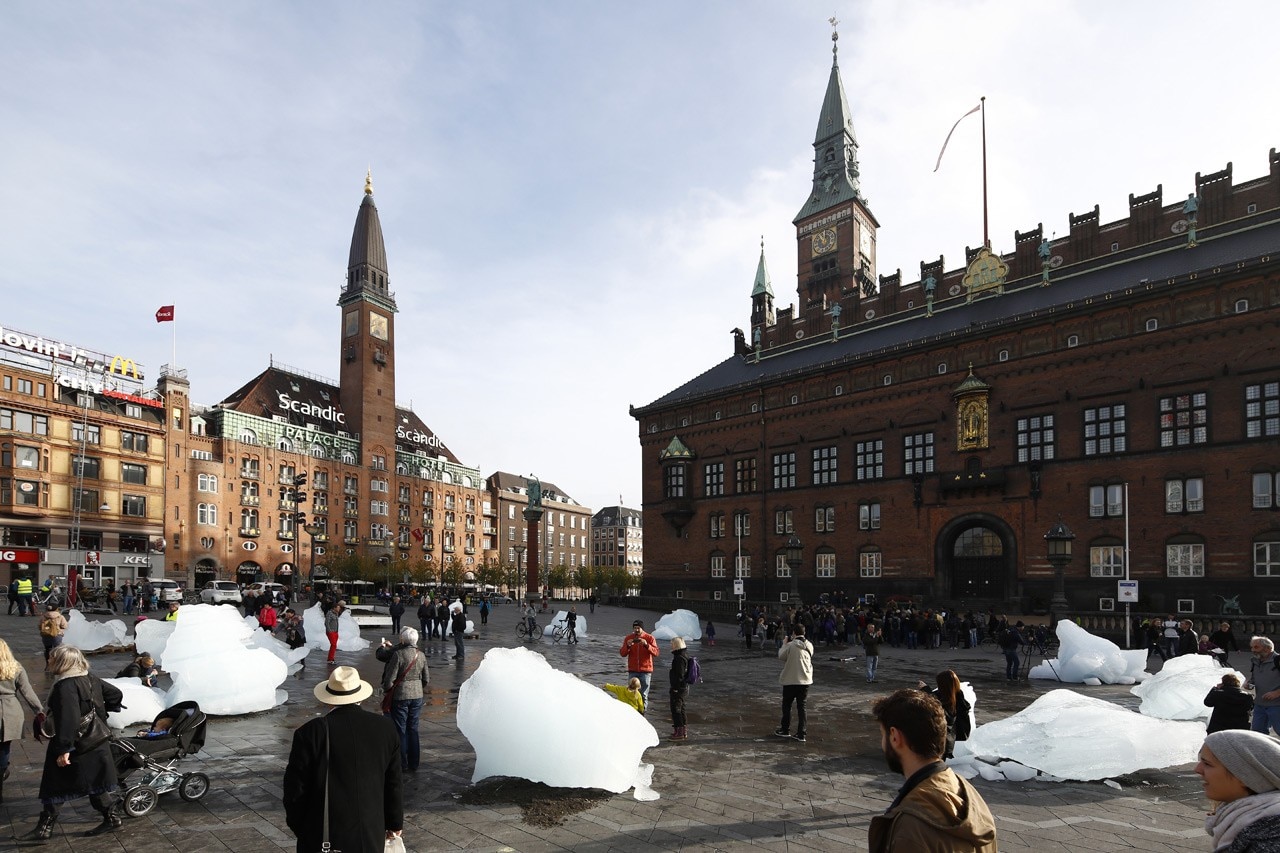
“Culture is a powerful ally in the struggle to effect change. Culture is almost always about turning knowledge into action. Unlike commercial communication, which sees its audience as consumers of goods and services, the cultural field is generous, based on a spirit of mutual trust; it invites people to be recipients and co-producers at the same time.
Art deals with the relationship between personal and shared experiences. A good work of art creates a community in which disagreement is welcome. Regardless of whether we agree or not about an artwork’s message or mode of expression, it is still something we experience together. A work of art can contribute to the creation of a sense of community or reciprocity, and it can motivate us to do something together, to become conscious and active members of a global we, without surrendering our personal, emotional experiences.
Art is the key, and science, the tool for ensuring humanity a wondrous future here on earth.” the duo wrote in the article “Ice, Art, and Being Human” first published in the Danish newspaper Politiken on Sunday, 26 October, 2014 (translation by Kevin McGwin)
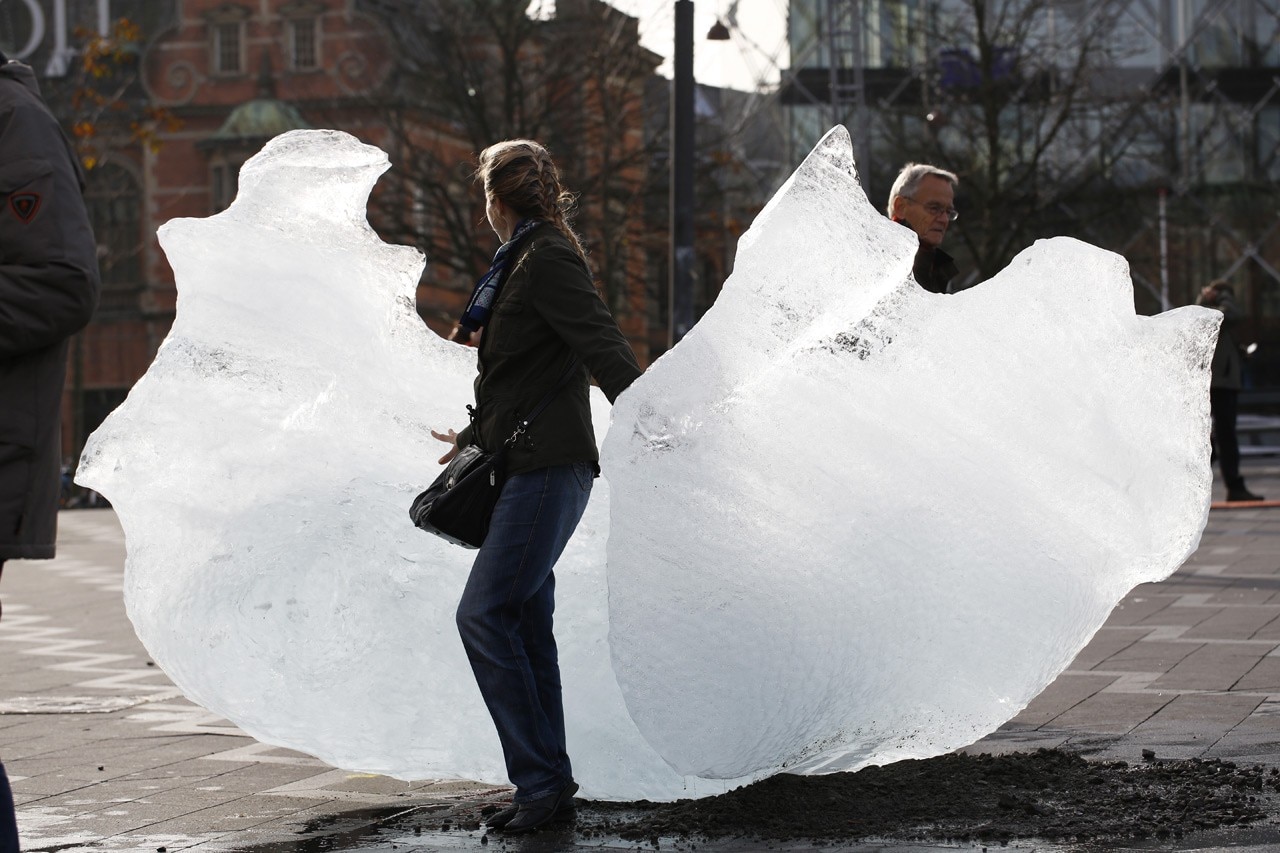
Olafur Eliasson and Minik Rosing
Ice Watch


